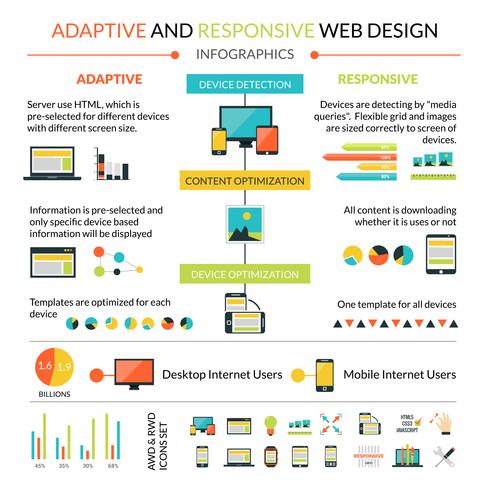The Development Of Internet Site Design: From Past To Existing
The Development Of Internet Site Design: From Past To Existing
Blog Article
Content Develop By-Carstens Wren
In the past, websites were straightforward and focused on details. web page content was direct, and layout was for desktops. Now, user experience is key. https://multichannelmerchant.com/blog/creating-the-ultimate-amazon-marketing-strategy/ guides styles for simple navigation. Responsive layouts match various tools. Today, dark mode reduces pressure, and minimalist food selections boost navigating. Interactive features engage customers, and bold visuals stand out. AI combination boosts involvement. See exactly how style has evolved to improve your on the internet trip.
Early Days of Website Design
In the early days of website design, simplicity preponderated. Sites were standard, with restricted colors, fonts, and formats. The emphasis was on giving information instead of fancy visuals. Customers accessed the internet through sluggish dial-up links, so rate and performance were vital.
Navigation food selections were straightforward, typically situated at the top or side of the web page. Websites were developed for home computer, as mobile browsing had not been yet prevalent. Content was king, and developers prioritized simple readability over complex layout components.
HTML was the main coding language utilized, and developers needed to function within its constraints. Animations and interactive attributes were marginal contrasted to today's criteria. Websites were fixed, with little vibrant web content or tailored user experiences.
Surge of User-Focused Layout
With the advancement of web site layout, a change in the direction of user-focused style concepts has actually become increasingly noticeable. Today, developing sites that focus on user experience is crucial for involving visitors and accomplishing company objectives. User-focused design entails comprehending the demands, preferences, and habits of your target market to customize the website's layout, material, and features as necessary.
Designers now conduct thorough study, such as customer studies and functionality testing, to gather insights and feedback straight from individuals. This data-driven strategy aids in producing user-friendly navigating, clear calls-to-action, and aesthetically appealing interfaces that reverberate with visitors. By putting the user at the facility of the style procedure, web sites can provide a much more individualized and delightful experience.
Receptive style has actually likewise emerged as a key facet of user-focused layout, making certain that websites are maximized for numerous tools and display dimensions. This adaptability improves ease of access and use, dealing with the diverse methods users communicate with websites today. Essentially, the rise of user-focused layout symbolizes a change towards producing digital experiences that focus on the requirements and expectations of the end customer.
Modern Trends in Website Design
Explore the latest fads shaping website design today. One noticeable pattern is dark setting layout, supplying a smooth and contemporary look while minimizing eye pressure in low-light atmospheres. Another essential pattern is minimalist navigation, simplifying food selections and improving individual experience by concentrating on essential elements. Integrating micro-interactions, such as animated switches or scrolling results, can produce an extra interesting and interactive website. Responsive layout stays essential, making certain seamless customer experiences across different tools. Additionally, using vibrant typography and asymmetrical designs can include visual passion and accentuate particular material.
Incorporating AI innovation, like chatbots for customer assistance or tailored referrals, enhances customer interaction and streamlines processes. Availability has also come to be a significant pattern, with developers prioritizing comprehensive layout techniques to accommodate varied individual demands. Embracing sustainability by enhancing internet site efficiency for rate and performance is another emerging trend in website design. Teaming up with customer feedback and data analytics to iterate and enhance style continually is vital for staying appropriate in the ever-evolving digital landscape. By embracing these modern-day trends, you can develop a visually enticing, straightforward internet site that reverberates with your audience.
Conclusion
As you assess the advancement of site design from the very early days to currently, you can see just how user-focused style has become the driving force behind contemporary trends.
Embrace the journey of modification and adjustment in website design, constantly keeping the customer experience at the leading edge.
Stay existing with the most recent fads and modern technologies, and never ever quit advancing your method to produce visually sensational and easy to use websites.
Advance, adjust, and create - the future of website design is in your hands.
